Smithtown’s little-known ties to Gustav Stickley and other influential figures of American arts and architecture are being revealed by Corey Victoria Geske, an independent local scholar. With the goal of proposing a new historic district for listing on the National Register of Historic Places, Geske has identified a number of significant structures that reveal how progressive architecture and design movements, including the American Craftsman style, flourished in Smithtown between 1911 and 1948.
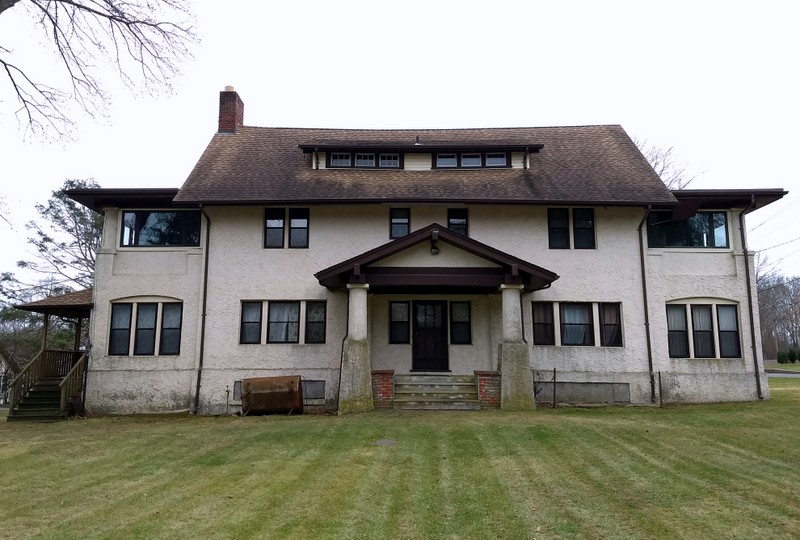
Among Smithtown’s underappreciated examples of exceptional 20th-century architecture is a house designed by Gustav Stickley. Originally built in 1912 as a private residence for Mr. and Mrs. Frederick J. Wagner, the house has served as a rectory since the mid-20th century. Geske found evidence for Stickley’s involvement in the building’s design within the April 1913 issue of The Craftsman, a magazine Stickley published and edited himself. In a piece entitled “The Value of Cooperation Between Owner and Architect as Illustrated by Specially Designed Craftsman Homes”, Stickley illustrates his collaborative approach to architectural design using three examples, including the Wagner’s house in Smithtown: “One of the essentials of successful home-building is cooperation between owner and architect,” explains Stickley, “the more closely they work together…the more satisfying the home will be.”
When production of The Craftman magazine ended in 1916, Stickley had published more than 222 different house plans that served as models for countless Craftsman style structures throughout the country. Yet Stickley himself was directly involved with the architectural design of only a select group of extant Craftsman houses, including the recently identified house in Smithtown.
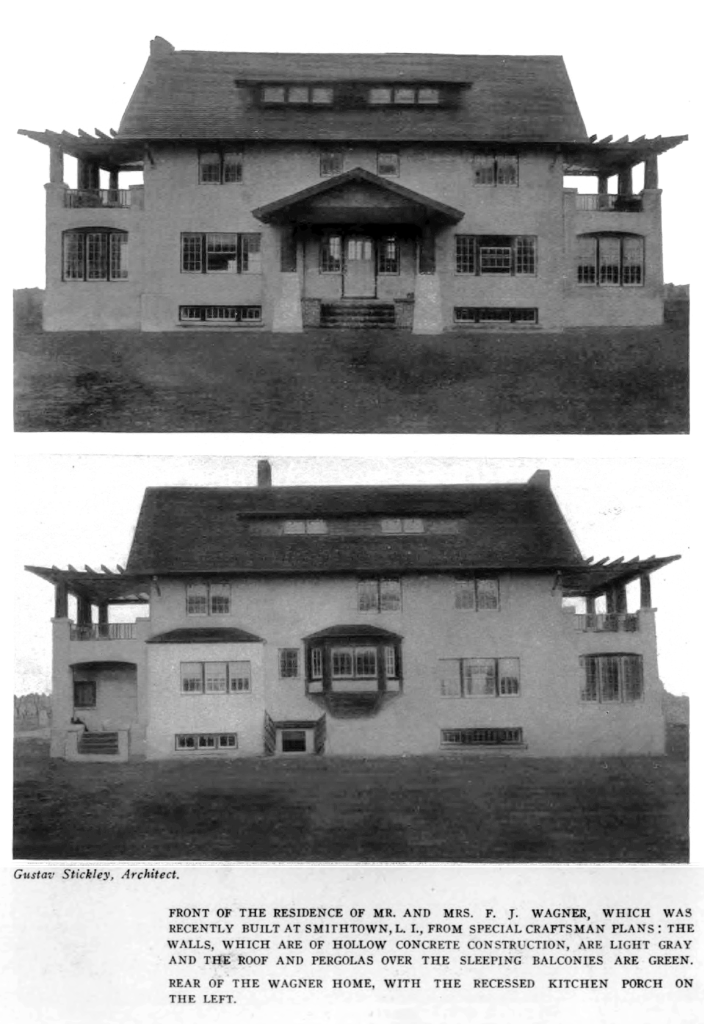
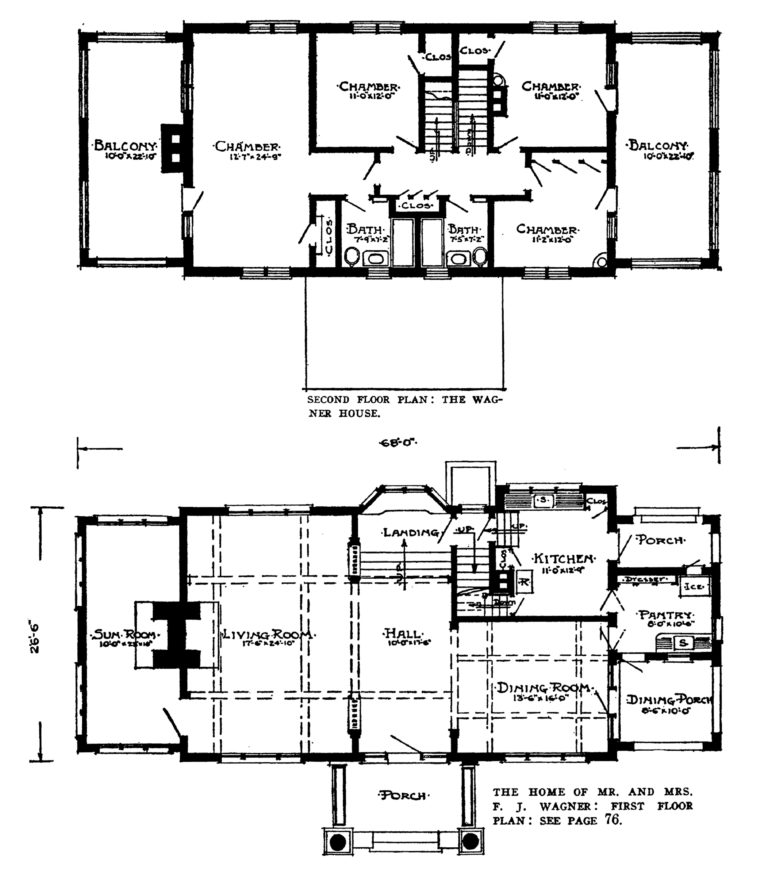
The Wagners were part of a dynamic group of early 20th-century residents who looked to progressive design ideas like Stickley’s to help grow Smithtown into a place where art and creativity would enrich everyday life. Among these leaders was St. James resident and architect, Lawrence Smith Butler (1875–1954). A descendant of the town’s founder Richard “Bull” Smythe, Butler designed the Town Hall (built 1912) and was the creative force behind the iconic statue of Whisper the Bull that now stands at the intersection of Routes 25 and 25A. Structures designed by Butler’s architecture firm Ford, Butler & Oliver remain important features of the community such as the St. James Fire House, the Old Smithtown Library, as well as private residences throughout the town.
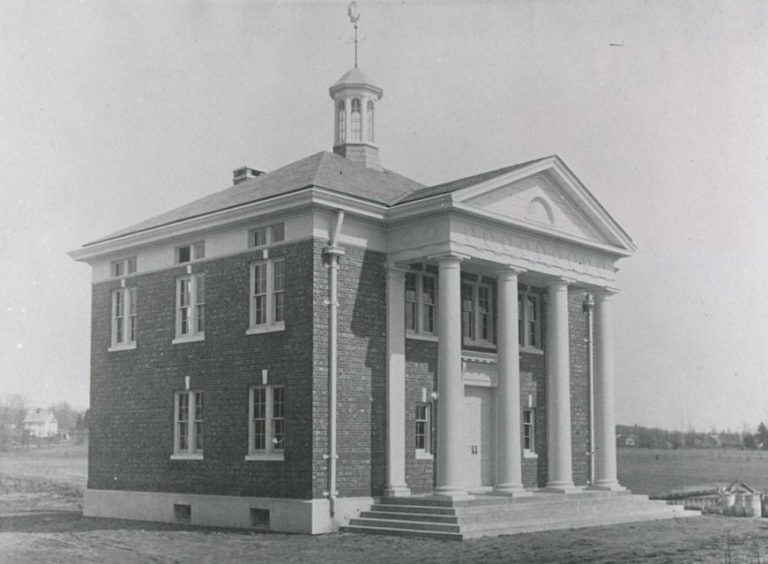

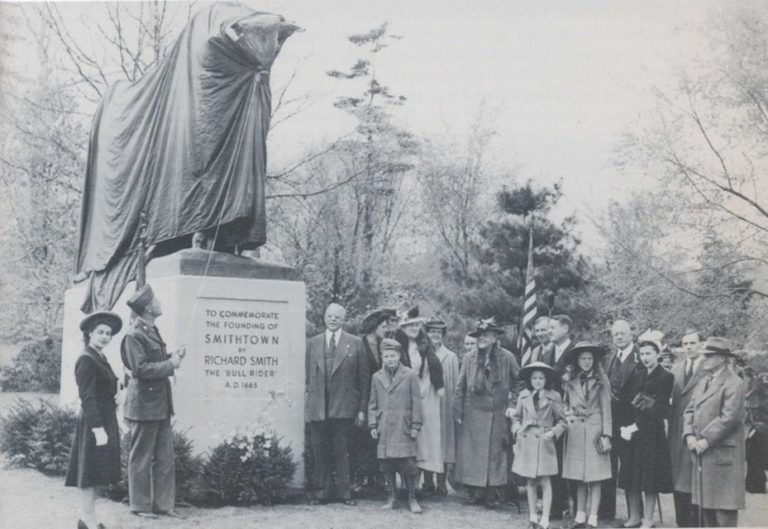
In addition to commissions by Stickley and Butler, Smithtown boasts many structures designed by celebrated American architects during the 1910s–1940s including: the Smithtown Railroad Station (built 1937) by Lawrence Grant White, son of Stanford White; the New York Avenue School (built 1924) by Tooker & March; the Byzantine Catholic Church of the Resurrection (built 1929) by McGill & Hamlin; as well as private residences by Peabody, Wilson & Brown.
Unfortunately, many of Smithtown’s remarkable historic buildings have been torn down or extensively renovated, and a number of the surviving buildings are at risk for demolition or insensitive alteration. To address the ongoing loss of historic resources, improving Smithtown’s approach to preservation should be a priority when the newly elected supervisor and town council members take office next year. Commissioning a new historic resources survey would be an important step, and one that is sorely needed since the last comprehensive surveys of Smithtown’s historic structures were completed around 40 years ago.
Local leadership is essential for preserving the community’s remaining historic structures; especially if real estate speculation and redevelopment pressure intensify when the town’s long-awaited revitalization initiatives get underway. As the Planning Department continues to investigate opportunities for revitalizing downtown, the survival of Smithtown’s rich architectural heritage depends on a clear commitment to protecting the largely overlooked, but nevertheless visionary places town residents built decades ago.
ACTION ALERT!
If you live or work in the Town of Smithtown, contact Supervisor Wehrheim and the Town Council and let them know you support historic preservation in your community. Your voice can make a difference!
Town Supervisor Edward R. Wehrheim
99 W. Main St.
P.O. Box 9090
Smithtown, NY 11787
Ph: (631) 360-7600
Fax: (631) 360-7668
Email: [email protected]
Smithtown Town Council
99 W. Main St.
Smithtown, NY 11787
Ph: (631) 360-7621
Fax: (631) 360-7783
Email: townclerk@tosgov.com
Edited by Sarah Kautz, Preservation Director, Preservation Long Island.
